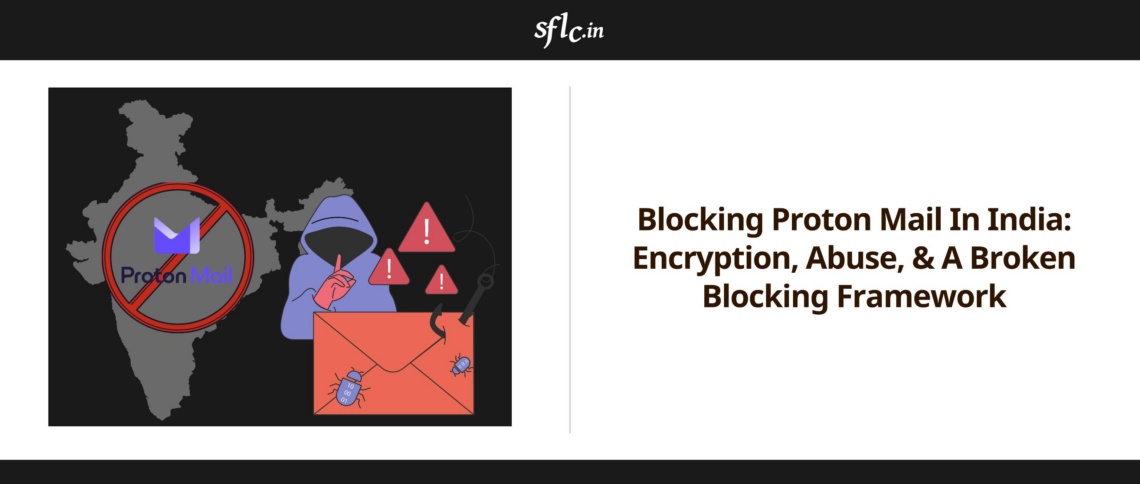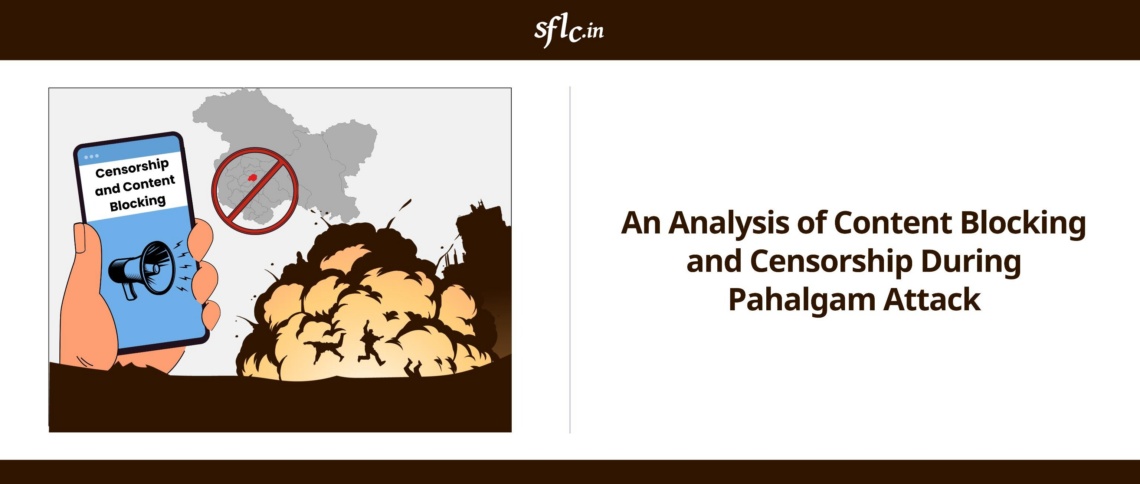A leaked order from the Department of Telecommunications (DOT) has revealed that Indian Internet Service Providers (ISP) have been directed to block access to a list of 857 porn websites as they “relate to morality, decency as given in Article 19(2) of the Constitution of India” (sic). The order dated July 31, 2015 calls for the blockage of these websites under Section 79(3)(b) of the Information Technology Act, 2000 (IT Act), and contains the single largest list of pornographic URLs to ever have been blocked in India. The order appears to have already been partially implemented, as confirmed by subscribers of several major ISPs such as MTNL, BSNL and Spectranet. Though the websites remain accessible on some ISPs’ networks as of August 3, 2015, it likely is only a matter of time before a blanket ban is in place.
The present blockage of websites comes as somewhat of a surprise, since a petition [Kamlesh Vaswani v. Union of India; W.P.(Crl.) No. 177/2013] seeking a nation-wide ban on Internet porn has been pending before the Supreme Court of India since 2013 (details available here). Over the course of the proceedings, the Government had stated that mass blockage of porn websites would be highly impractical and tantamount to violation of the Constitutional rights to free speech and privacy [Articles 19(1)(a) and 21 of the Constitution]. The matter had subsequently been referred to the Cyber Regulations Advisory Committee, which in turn had commissioned the Internet and Mobile Association of India to prepare a list of websites to be blocked. At the petition’s latest hearing on July 8, 2015 however, the Supreme Court itself had refused to issue an interim blocking order, maintaining that the Court could not dictate what citizens may or may not watch within the four walls of their rooms. Such an order, it was said, would violate Article 21 of the Constitution. The petition is next listed on August 10, 2015.
Also curious is the fact that the present blocking order has been issued under Section 79(3)(b) of the IT Act rather than Section 69A, which was inserted into the IT Act by way of a 2009 Amendment for the specific purpose of authorizing the blockage of on-line content in public interest. Unlike Section 79(3)(b), which is essentially an exception to the safe-harbor protection granted to intermediaries under Section 79(1), Section 69A and the Rules framed thereunder carry detailed substantive and procedural provisions that enable the Central Government to block URLs under specified circumstances. Said procedure contains numerous safeguards in oversight of the blocking process, such as examination of blocking requests by an internal Government committee, opportunities to those hosting objectionable content to be heard, and review of blocking orders by a Review Committee. Moreover, the Supreme Court had in its judgment in the matter of Shreya Singhal v. Union of India upheld the constitutionality of the Rules framed under Section 69A, as they adequately safeguarded the interests of affected parties in the Court’s opinion. It was also held that blocking orders issued under Section 69A could be challenged by way of writ petitions filed under Article 226 of the Constitution, implying that the orders themselves would be made available to the affected parties. Similar opportunities are absent when blocking orders are issued instead under Section 79(3)(b), since the Section does not specify a formal procedure with respect to the issuance and enforcement of the orders. This could even mean, as it does in the present case, that the general public could remain unaware of the existence of blocking orders in the absence of leaks. It therefore is rather puzzling that the DOT chose to block porn websites through an order issued under Section 79(3)(b) as opposed to the well-established procedure laid down under Section 69A and the Rules framed thereunder.
It’s also worth noting at this point that there is no legal prohibition against watching Internet porn in India. While the production and distribution of pornographic material (off-line and on-line) are prohibited by a confluence of legislations including the Indian Penal Code, Indecent Representation of Women (Prohibition) Act, Protection of Children from Sexual Offences Act and the Information Technology Act, accessing such material in itself – other than child pornography – is not punishable. A detailed exposition of the law surrounding pornography in India is available here.
The policy approach to Internet porn thus being in a visible state of flux, the Supreme Court’s verdict in the Kamlesh Vaswani matter is expected to lend some much needed clarity. Pornography and its impact on society have been the topic of much debate world over, and it will be interesting to say the least to see how the Court transposes these arguments to the Indian context.



